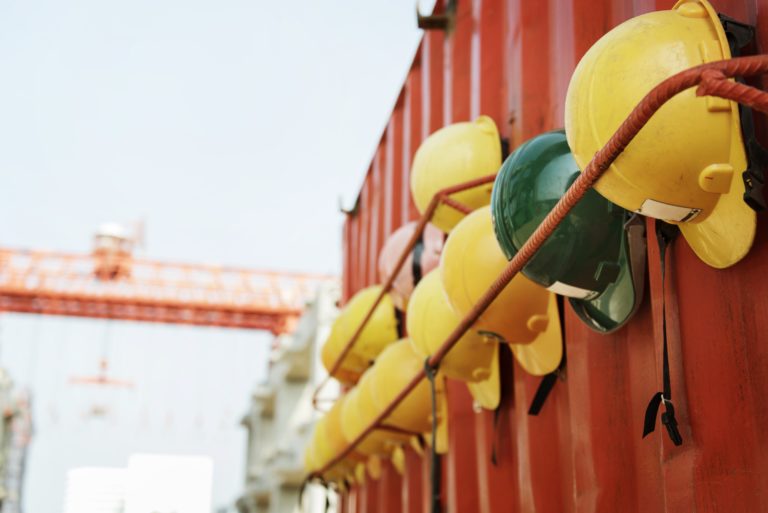Join Monday Evening Clubs To Talk About Your Mental Health
Housebuilder Genesis Homes has thrown its weight behind a mental health charity that has 150 club locations around the UK where men can come and talk on a...
Read Full Article
The ONS has just released the latest suicide statistics for England and Wales and the Lighthouse Construction Industry Charity has commented on what this means for the construction community.
Since the Stevenson/Farmer report in 2017, the charity has been working with Professor Billy Hare at Glasgow Caledonian University (GCU) to analyse the number of suicides in construction occupations, so they have a better understanding where to focus preventative measures to support the industry.
The number of suicides attributed to construction occupations in 2021 was 507, most of which are male (503). This figure constitutes a rise of 24 from the previous year and 25 more than the previous five-year average and equates to 34 per 100,000 in employment. This is the highest rate since analysis of this data began at GCU.
Four times the national average
The research identified that the number of suicides in construction rose from 26 to 34 per 100,000 in the seven years to 2021. It is often quoted that suicides within construction are three times that of the national industry average. Unfortunately, that figure is now nearer four times, meaning that workers in construction are nearly four times more likely to take their own lives compared to other sectors in 2021.
“Whilst it is unwise to react to a single year’s figures, the long-term rate of suicides is regrettably on an upward trajectory for those working in the construction industry, despite all the good work being done.”
– Billy Hare,
Professor, Glasgow Caledonian University
Take action
“This means we need to dig deeper to find and address the true root causes and take collective action sooner rather than later,” continues Professor Hare.
Bill Hill, CEO of the Lighthouse Construction Industry Charity says: “Over 87% of our construction workforce are male and over 50% of the sector is made up of self-employed, agency staff or zero hour contract workers. Financial insecurity is a major factor for poor wellbeing in our workforce and the pandemic added greater anxiety and emotional burden.
“The industry and charities like ours have made huge strides in recognising and delivering programmes to improve wellbeing but the results from 2021 simply galvanise our resolve to do more. Our messages of support are not reaching the boots on the ground. We all have a moral responsibility and an economic imperative to work together to improve the wellbeing and welfare or our workers.”
Working together
The industry is doing more than ever to recognise and address this major issue and the Construction Leadership Council (CLC) has asked the Lighthouse Construction Industry Charity and Mates In Mind charity to work together to co-chair a major project to improve wellbeing and welfare within construction along with initiatives to accelerate universal culture change to reduce stigma, break down barriers and increase awareness of support services.
Make It Visible
This major initiative, called Make It Visible, will look to unite the Construction Industry Training Board, HSE, Supply Chain School, trade and professional bodies, clients and contractors to formulate and execute a plan of action with key deliverables and measurement to drive the change necessary to improve construction wellbeing.
In January 2023 the industry will be invited to a presentation of a study conducted by GCU looking at all the research and industry best practice on wellbeing over the last two years. The participants will be asked to vote on the priorities for the Make It Visible initiative to work on.
Mates in Mind
Sarah Meek, MD of Mates in Mind says: “These latest statistics demonstrate that we need to do more as an industry to prevent people reaching the point of crisis by addressing the causes that negatively impact on one’s mental health and thereby reduce the need for safety nets. There is much that we can do around prevention and employers should be encouraged to view their responsibility around this across their total workforce including their supply chain who, from our research earlier this year, have shown to be working with severe levels of anxiety.
“With positive moves already beginning which sees mental health starting to feature in frameworks, we must continue building on this and encourage conversations around how contracts are both procured and awarded to address some of the factors that can have such a detrimental effect.”
Picture With thanks to the Supply Chain Schoo: ONS statistics show the construction suicide rate increased in 2021.
www.constructionindustryhelpline.com
www.wemindandkellymatters.org.uk
www.constructionleadershipcouncil.co.uk
Article written by Cathryn Ellis
15th December 2022